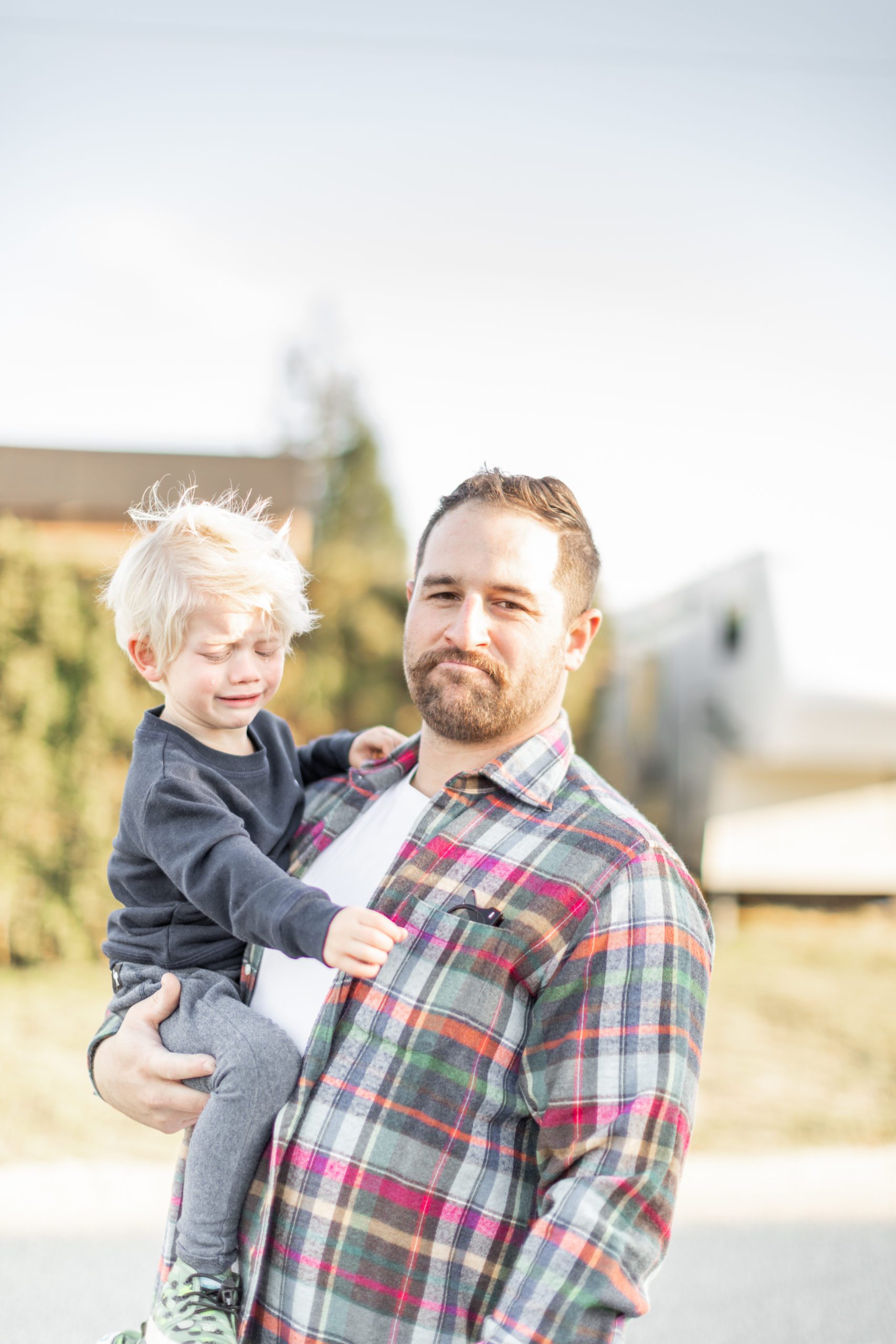Hi Everyone, it’s Melissa. In case you don’t know much about me, I was an elementary teacher with Calgary Catholic for 35 years, a vocation that I was passionate about. During my career, I received numerous teaching awards but the most meaningful awards, came from the students themselves. My proudest moment in teaching, came when I received the Loran Teachers Building Future Leaders Award. I was the only teacher in the Calgary Catholic system and second in Alberta to receive this prestigious award. This award is especially special to me, as it recognizes teachers who provide early inspiration, guidance and growth opportunities. The particular student who nominated me became a Rhode Scholar and was only one of two students from Calgary Catholic ever in their history, to become a Rhode Scholar. I am sharing this with you only because it may support that I had a unique approach in the classroom that worked and was beneficial for the students.

The first blog on this site that I wrote was called, New Beginnings, New Routines, and the second blog was called, How to Raise a Kind Child. Now I’m back with my third blog and it was by far the most difficult to write. The challenge was to try and write in a concise fashion in order to communicate the strategies that can help reduce or eliminate temper tantrums. I have real-life experiences and knowledge to share and I feel strongly about this topic. Occasionally, I witness temper tantrums that can be avoided that cause parents and children anxiety. I have written two parts to this blog: Part One Temper Tantrums, Part Two Strategies, so grab a coffee and settle in as there is lots to read.

Part 1: Temper Tantrums
One morning I was having a conversation with Jill, and I mentioned to her that her team asked me to write my next article on Temper Tantrums. I relayed to her, that I really didn’t know much about temper tantrums. Whereby she replied, “Well, what did you do in the classroom when kids had a temper tantrum?” Her response caused me to reflect, what did I do?
I couldn’t recall many children in my classroom having temper tantrums, but why? This certainly didn’t align with the dynamics of my typical classroom year after year. I was given the children who had learning disabilities, behavior problems, anxiety issues, emotional problems, and ESL students (English as a second language). In fact, my class was often a mixture of students of every kind of behavior and different learning abilities like the colours in a box of crayons. The unwritten rule for my grade level was “just put him or her in Mrs. Pasutto’s class, as she can handle them”. Despite the obvious challenges of having a diverse and unique combination of students, I didn’t experience many children having temper tantrums in the classroom. It is not because the children didn’t act out or jump across the room in the recycling box or sing the Alphabet song lying down in front of the classroom door or many other interesting occurrences but I think there was a logical reason as to why these emotional behavioural challenges did not escalate in my classroom or at home. I’m going to explain why.
I decided to look up the word “temper tantrum” and here’s what I found. A temper tantrum is “basically having a fit, a hissy fit, an emotional outburst usually associated with some kind of emotional distress”; Reading further, it describes what a temper tantrum actually looks like, “stubbornness, crying, screaming, violence”. Also defined as “whining, kicking, hitting and holding your breath”. Typically temper tantrums are associated with young children however all adults exhibit these emotional behaviours as well. Focusing on children, temper tantrums can come from when they are tired, hungry, maybe they can’t get what they want, or they are uncomfortable, and they can’t effectively express themselves. It is not like young children wake up in the morning and say today’s the day I plan on having a temper tantrum.
For me, a temper tantrum in a child is just simply them feeling frustrated and trying to deal with that frustration. This is especially true, if they haven’t developed their vocabulary and their ability to express how they are feeling. Generally, once their communication and vocabulary skills are more developed, temper tantrums will decrease. Some children want more independence and control over their environment more than other children and at times actually more than they can handle themselves. This may lead to a power struggle between the adult and the child, with the child chanting, “I can do it, I can do it myself, I want to do it, give it to me, etc.” which at times continues to escalate to a temper tantrum. We have all witnessed times when a child realizes that they can’t actually do what they thought they could or wanted to do and they actually do need some help. This is when, to avoid a temper tantrum, the adult strategy should be to offer the child some choices.
I continued to reflect on what I did do differently in the classroom and even at home that avoided the children in my class and my own boys to not have temper tantrums. Then I had the “Ah ha ” Oprah moment, similar to an epiphany. The answer was related to the daily structure, boundaries, routines and the respectful communication that were built into the children’s regular school days. Possibly, because the children were able to predict what the structure, routines, and boundaries on a daily basis, this made them feel safe, respected and that they had a voice that someone would listen to. No matter what was happening and in any given situation I would reassure the children that they would be heard, they will have a chance to explain or share their story and their perspective. Consistency with structures, routines and taking the time to listen, creates a sense of fairness, trust and calmness in the classroom and in the home. Once the trust is instilled and the child KNOWS that they have a voice, and they will be heard, (this is critical) I know this does make all the difference in whether the situation will escalate or not. Knowing that they will be heard calms the situation down immediately. Trust me, this method works.
If your child is experiencing a lot of temper tantrums maybe an idea and the best place to start, is to look at your parenting/teaching style. Ultimately, we as parents, want our children to be self-reliant, self-confident, socially competent, less anxious and less depressed. I don’t think one particular parenting style or teaching style guarantees that a child may not have temper tantrums, but it may influence it.

Let’s take a look at three different parenting styles.
1. Authoritarian parenting/teaching style
This style of parenting is when there are strict rules. Parents and teachers with this type of style, just expect rules to be obeyed without providing any empathy. Children from or exposed to this type of parenting/ teaching style are guided by external forces such as the threat of punishment, rather than, internal principles when judging what is right and wrong. They behave and make decisions out of fear as opposed to making decisions based on proper judgement that they have learned. It will be more difficult for these children to be able to self-regulate, which can result in temper tantrums. These children may not feel that they have a “voice”, and do not have the freedom to express how they feel in a controlled manner. They have already sensed that maybe they’re not going to be listened to, so their reactions are heightened.
If you are an authoritarian style parent / teacher, you might sound like this, “You still hungry? Sorry you already had one snack; the rule is only one snack.” Or this “Get over here! Apologize right now! Do that again and you’ll be sorry.” This type of dialogue is based on power and control that works with fear.
2. Permissive parenting/teaching style
This style of parenting is when the rules are “Loosey Goosey”.
Parents and teachers with this type of style, don’t really say what they mean and mean what they say or do what they say they were going to do (that’s a tongue twister but worth rereading as it was my mantra). The permissive parenting/teaching style is often nurturing and warm, however boundaries and rules may not be consistently maintained. Permissive parenting/teaching style typically do not want to have confrontations and they don’t get the children to follow rules on a consistent basis as the boundaries are not well defined.These children might end up being impulsive. When they want it, they want it and if they don’t get it, they could have a temper tantrum. If you are a permissive parent/teacher, you might sound like this. “It’s time to go now, Ok?” “I think you should maybe put your shoes back on?” “Please sit down, it would be better if you sit down, ok you can stand for just a little bit longer.” or “If you hit someone again, we’re going to leave. What did I tell you? Don’t do that again. Do you want to leave? I asked you not to hit people. I said stop. Do you want to leave? Hit again and we will leave.” This type of dialogue is hard for anyone to follow, especially a child.
3. Authoritative parenting/teaching style
Ideally, it would be great if parents/teachers were firm, warm and modeled respect. We as parents/teachers want to foster individuality, self-assertion and invite our children to discuss why there are rules and boundaries. Problem-solving would be used when rules are broken, so the intention is more to guide or coach your child, instead of punishing them when they break the rules. Children reared like this, typically have more self-control, more emotional awareness, have good problem-solving skills and strong internal principles which they will fall back on when parents/teachers are not around them. If this is your approach, you might sound like this. “You want your turn? Yours is right after theirs. You can wait in line here. In five minutes, it’ll be time to go. What’s the one thing you want to do before we leave the park? Go on the slide? Ok, that’s ok with me.” If your child keeps playing, pick them up and you leave. You might also sound like this, “You were angry and hit him, now he’s crying that’s not what you wanted. There must be some way to play without hitting. You can try apologizing and starting over.”
“Are you still hungry? Ok you can eat these cucumbers or one piece of cheese.” “You want to stand, and strollers are for sitting, you can stand and push with me or sit and ride.” This type of dialogue is all about choices and guidance and empowering not relying on power and control.
Depending on your style of parenting/teaching you may be exposed to more frequent temper tantrums or none at all. My experience was that you could often see the situation before it actually happens and take corrective steps to avoid the temper tantrum. To help set the child up for success, you need to be one step in front of their thinking, and plan ahead to avoid trouble. For example, ask yourself, did they have a good night’s sleep, are they rested and fed BEFORE you head out to go shopping or to a friend’s house? Have they had your undivided attention, and some real one on one time with you? If not, then that’s probably not the time to be going on your phone or to try to have a conversation with another adult, because that’s when the crying, whining, hitting, and misbehaving is going to happen, which, could lead to a temper tantrum.

I think for starters it’s almost next to impossible to reason with someone whose emotions are running high and they are triggered. Sometimes when children are experiencing temper tantrums, parents might have the idea that their child needs to learn that lesson. But in the face of intense emotions, it’s more productive to first acknowledge the emotions, and then second, deal with the underlying problem.
Labeling the emotions is a good strategy, acknowledging that their emotions are intense at that time usually helps calm the child down enough to turn things around. As I used to say, “Let’s turn this ship around.” A lot of the time, children also get upset about things that seem very minimal to adults and often we can hear adults saying, “Oh you’re ok, you’re ok.” but that actually is dismissive to a child and can often upset them even more. Labeling their emotions might sound something like this, “You’re feeling mad, looks like you feel frustrated.” If your child continues to get upset maybe start with what the child actually wants. As one professor said, “You need to name it to tame it.” Helping our children to express their emotions in a safe and comforting way, will allow them to learn how to fully share and release their emotions. Children who can often name their own feelings are able to reflect on their own feelings, discuss them, decide how to deal with them, recognize their feelings in others and empathize with others.
Another strategy is for Parents/teachers to start practicing with their child/students by naming their own feelings as they go about their day. I’m happy or I am feeling sad, or that’s frustrating. Saying things like “big boys don’t cry”, or “enough is enough”, or “quit crying”, does not validate the child’s emotion. We need to accept and address these emotions even if they may be uncomfortable for us and should not be ignoring or dismissing their feelings.
Understanding what a temper tantrum actually is and why it happens, gives the us the awareness first, before we can make the change.
Well, there you have it everything you need to know about temper tantrums and how different parenting styles may contribute to them. Stay tuned as I will be taking over the blog again in a few weeks and sharing some strategies to help reduce temper tantrums.
Melissa Pasutto





Excellent Melissa!
I always say. “ plant good seeds in those little minds and they will re-sprout throughout their lives.
Kids strive with guidelines and structure. I hear that from teachers as their students return to school after extended absence during Covid.
Congratulations on your excellence in teaching— how admirable.
Just a point of interest for you — there is a Rhodes Scholar from the Driftpile Reservation, near Slave lake. We are proud to recognize in the North.
What an interesting student you had.
Thanks again, -interesting read.
Vivian
This is great advice – thank you! I often find myself telling both my 2 and 4 year old that they are ‘okay when they are upset. Parenting is not easy! I’m going to try the naming it method next time I need to (probably at bed time tonight lol). Thanks again – I really enjoy your contributions to the blog! Have a wonderful day!
As a fellow elementary school educator and parent of small children; this is a fantastic article! Very thoughtful and thourough!
Sounds like you had an amazing career and were an awesome mother. This blog is so informative for adults and kind to kids,
I only remember my son (now 40) having 1 true temper tantrum while at Sears. He wanted a toy, I said ‘’no” as it was near Christmas. He laid on the floor kicking and screaming. I literally dragged him out of the store by the hood of his jacket. I just tried to remain calm during my embarrassment as there were lots of shoppers gawking. He was fine once we were outside and I did not lose my cool.
This is some great advice. I have two kids ages 3 and 1. Some days I feel confident in my parenting style then other days I feel like I don’t know how to handle the petty fights and tantrums.
I hope you are considering taking over the blog again because I would love to read more from you.
Thank you for this! Very well written and clearly articulated. As the toddler years are just starting in my house, this guidance will come in handy!